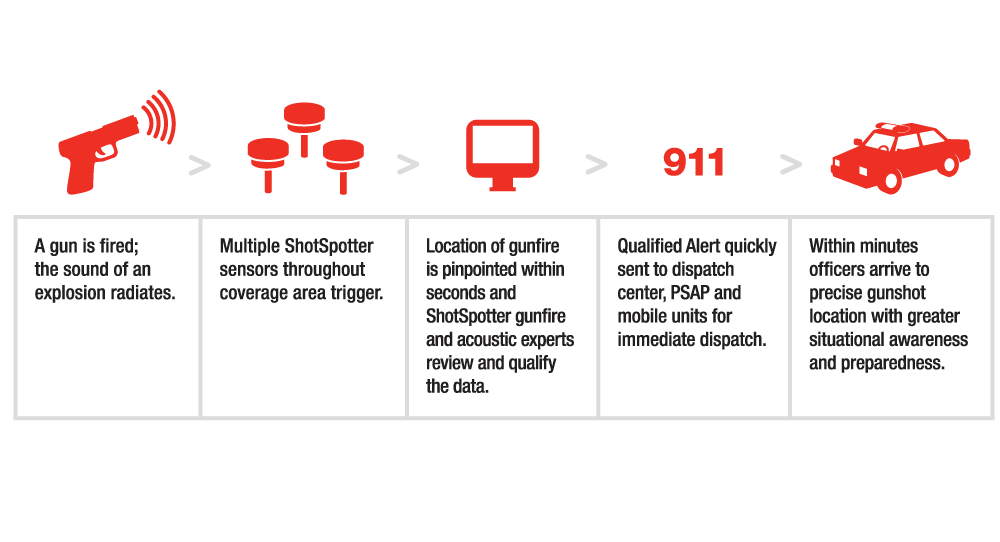With people being killed in homicides at a record rate so far in 2017 in Baltimore, leaders are focused on addressing violence. At the same time, the Baltimore Police Department is set to start undergoing court-monitored reforms as part of a consent decree with the U.S. Department of Justice.
For Mayor Catherine Pugh, improving police technology is part of what can help on both fronts. The mayor met with Gov. Larry Hogan earlier this week. A Washington Post story on the meeting began by reporting on Pugh’s request to expand Shotspotter. The system uses acoustical sensors to determine where gunshots are fired. It was reintroduced last year after being shelved in 2015.
Two days after the meeting with Hogan, the city’s Board of Estimates — which signs off on spending decisions — approved about $600,000 in funding for the gunshot detection technology.
“We have Shotspotter, but we don’t have Shotspotter focused on all of the areas where crime is at its highest,” Pugh said, describing the meeting with Hogan Wednesday at her weekly news conference. “Part of our violence reduction program is reducing violence in certain specific areas, so we have to expand.”
[Update: 7/14/2017, 5:25 p.m. The specific system known as Shotspotter will not, in fact, be used in Baltimore, a spokesman for Pugh said. The city is finalizing a contract for gunshot detection technology with Safety Dynamics, not ShotSpotter. The system is not currently in use, and is expected to be deployed in late fall or early winter, he said.]
It was part of an allocation of about $832,000 for technology improvements in the police department. Pugh said additional money will go to purchase laptops for police vehicles. Not all police cars currently have them.
And just as the technology is only part of the conversation, it’s part of the funding. The total for the round of funding tied to the consent decree approved this week was $1.4 million. Pugh said she requested a total of $2 million from the governor.
But tech is part of the consent decree itself, and more is needed. While the department introduced body cameras and a new document system, there’s a longer list for a police department that Pugh called “too outdated.”







